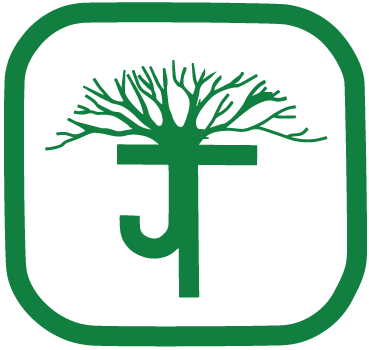Trees are essential components of our landscapes, providing shade, color, texture and privacy, not to mention being an integral part of your lawn’s natural ecosystem. While in many ways trees can take care of themselves, they do require some specific attention and care. Engage a tree service with trained arborists to take care of the health and beauty of your trees, and avoid escalating problems which would make it necessary to have them removed. These tree service requirements for summer in the Wilmette and Glenview, IL areas are services that any reputable arborist should be able to provide.
Trimming & Pruning
Trees in nature grow any way they want, however this is not ideal for trees in your landscape. Overgrown trees can cause a multitude of problems, from blocking the sunshine and views, to damaging roofs, leaning on power lines or obstructing your driveway. When young saplings are mistakenly planted too close to each other or your house, they grow up quickly and smother each other or become a danger to your home. Have a tree service neatly prune and trim your trees regularly to maintain the beauty and safety of your property. Be sure to hire a trained arborist to perform this job, since treework can be dangerous and pruning trees too much will cause them to become stressed and susceptible to pests and disease.
Mending Signs of Stress
Trees have many ways of showing that they are stressed: unnaturally small leaves, poor growth, pale or discolored leaves, early leaf drop in fall, weeping in the bark, discolored bark, and more. Sometimes, the stress comes from natural environmental circumstances, such as too much or too little water, but many trees are accidentally stressed by human error. Some mistakes include abundant fertilizing and weed control, air pollution, or damage from lawn care equipment. Correctly pruning away damaged areas lets a tree redirect its energy to continue to heal and grow. Your tree service can properly prune any damaged areas while avoiding injury to the healthy parts of the tree, and also also identify whether the stress is due to environmental conditions, poor landscaping practices, or to pests and disease.
Disease and Pest Control
If your trees are suffering from disease or pests, there are measures that can be taken before to return it to a healthy state before making the decision to cut it down. A diseased or pest-infested tree will reveal signs including discolored or weeping bark, browned leaves, crown dieback (bare branches at the top of the tree), dots or lesions on the underside of the foliage, white or gray dusty substance on leaves, visible insects or burrowing insect holes, and chewed vegetation. A broken branch is an invitation for fungal infections, viruses and bacteria. Unwelcome insects can also enter a tree when a branch is incorrectly trimmed. A tree service can determine what ails your trees, and then take the appropriate measures, which may include removing diseased limbs or treating the tree with pesticides, fungicides or horticultural oils. In extreme cases, it may be necessary to remove the tree entirely to prevent a disease or pest from spreading to nearby trees.
Removing Dead Trees
While few trees die of old age, you may need to deal with dead trees on your property due to a number of different environmental or human impact reasons. Dead trees are not only an eyesore, they are a hazard to your property and should be removed by professionals as soon as possible. The longer a dead tree stands in your yard, the more risk it presents to the safety of your home. Removing a dead tree is extremely hazardous work and should be done by trained experts. A professional tree service will be able to identify the cause of death, safely remove the tree and stump so that you can plant a fresh, young sapling in its place.
Related: Why A Lawn Care Service Is Essential Right Now In Highland Park, IL


